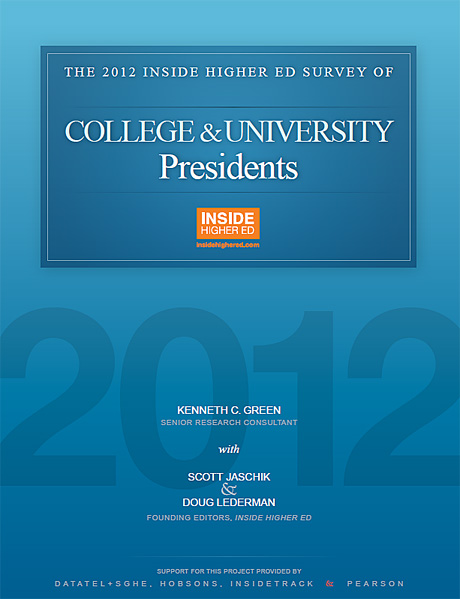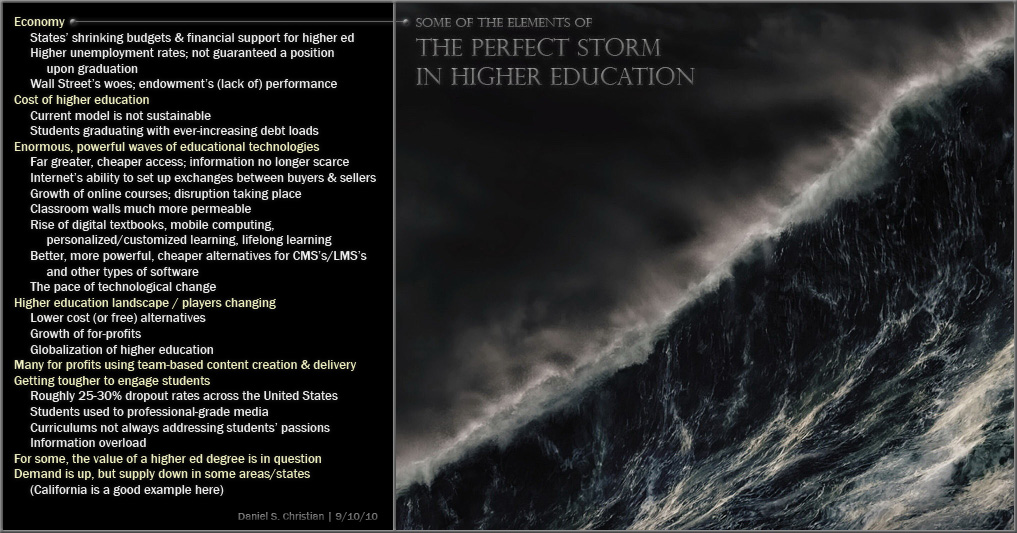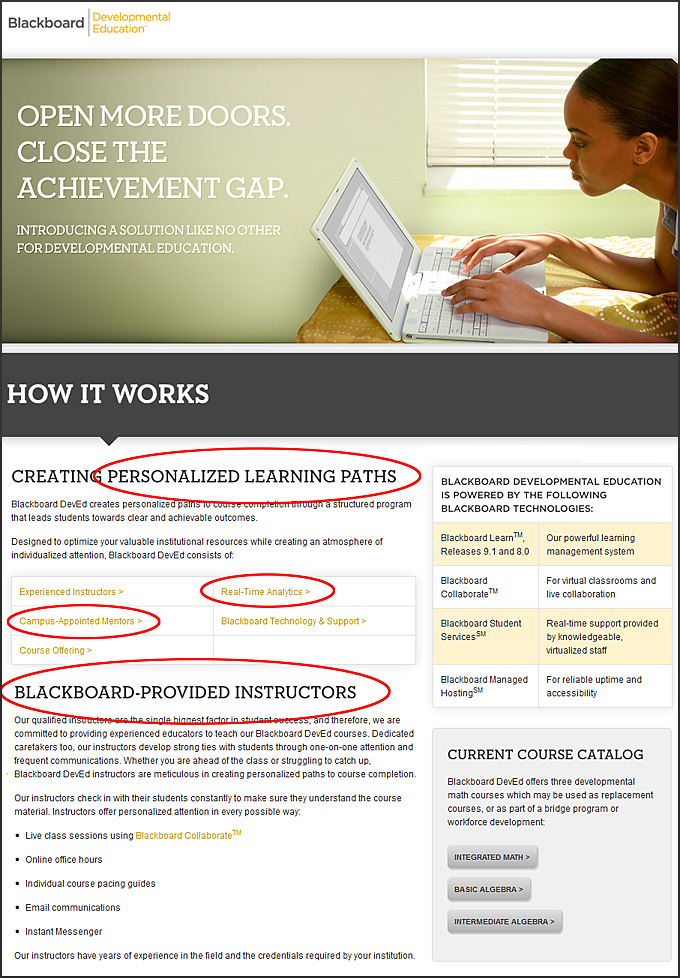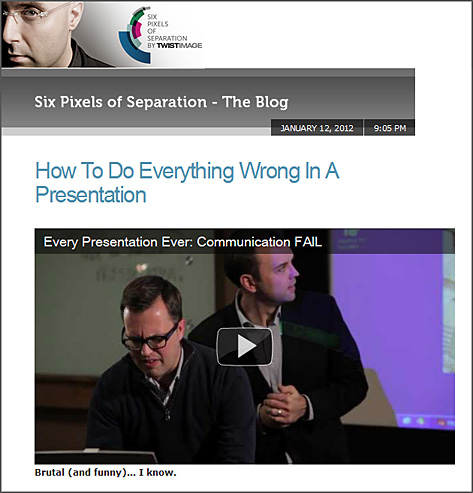Rethinking higher education business models — from americanprogress.org by Robert Sheets, Stephen Crawford, Louis Soares
Excerpt:
The theory of “disruptive innovation“—the notion that certain innovation can improve a product or service in such a way that it creates new markets that displace existing ones—was developed and advanced by Christensen in the 1990s. According to Christensen, who has studied the evolution of many industries, disruptive innovation occurs when sophisticated technologies are used to create more simplified and more accessible solutions to customers’ problems—solutions that are often less high performing than previous technologies but whose price and convenience attract whole new categories of consumers. The first generations of transistor radios, desktop computers, and MP3 players are examples. These new solutions—innovations to existing technologies deployed through new business models—gradually improved to the point where they displaced the previously dominant solutions. Christensen’s key point, however, is that new technologies like these cannot achieve their transformative potential without compatible changes in their industry’s business models and value networks, which in turn may require shifts in the standards and regulatory environment.
From DSC:
Given the current rumblings of massive changes that are about to take place (if they haven’t already) within the higher education landscape, each person within higher education that has key strategic and leadership responsibilities should be required to read the two books mentioned below. I assert this because these world-class researchers and authors have discovered and documented phenomenon that is affecting all of higher education at this point in time. Understanding the concepts in these books will help your college or university not only survive — but thrive — in the future.
- The Innovator’s Dilemma — by Clayton M. Christensen
Clayton M. Christensen is the Robert and Jane Cizik Professor of Business Administration at the Harvard Business School. Christensen is also co-founder of Innosight, a management consultancy; Rose Park Advisors, an investment firm; and Innosight Institute, a non-profit think tank. He is the author or coauthor of five books including the New York Times bestsellers The Innovator’s Dilemma, The Innovator’s Solution and most recently, Disrupting Class.
. - Disrupting class, expanded edition: How disruptive innovation will change the way the world learns — by Clayton Christensen, Curtis W. Johnson, Michael B. Horn.
.
Also:
- Crudbasher relayed a highly-relevant article that illustrates innovative thinking/new business models:
.
No financial aid, no problem. For-profit university sets $199-a-month tuition for online courses — from The Chronicle by Marc Parry
From DSC:
That article reminds me of a posting on my archived site from 4/11/09:
Let’s reallocate funds towards course development, and then let’s leverage those learning materials throughout the world!

For students: Bring costs waaaayyyyy down and access waaayyy up!
Plus, no more defaulted loans, students could experience richer content, students wouldn’t have to wait as much on financial aid decisions. There would be fewer financial aid headaches; and the resources devoted to figuring out & processing financial aid could be reduced. The issue will be how an institution can differentiate itself in such a new world…but that issue will have to be dealt with in the future anyway.















